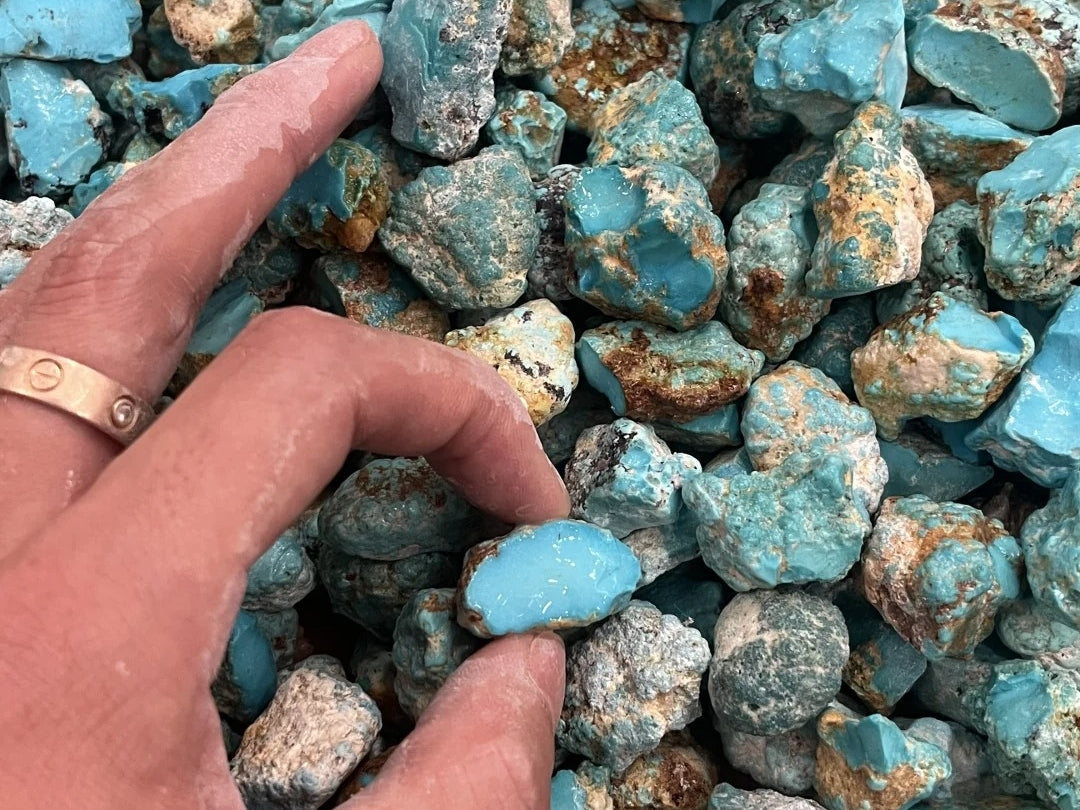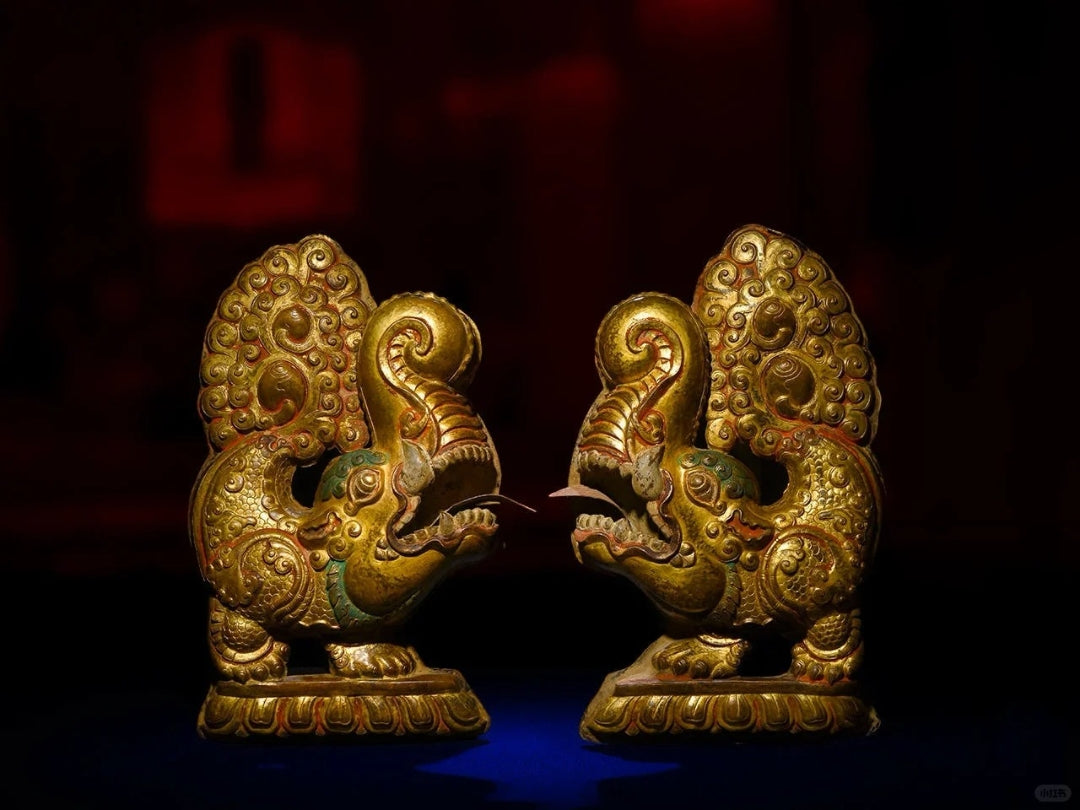In Tibetan Buddhist jewelry, animal and mythical creatures serve as powerful symbols, each carrying layers of spiritual meaning and cultural heritage. From the steadfast elephant, representing strength and the disciplined mind, to the fierce Kirtimukha, reminding us of life’s impermanence, these motifs connect wearers to timeless Buddhist teachings. This guide explores the significance of each creature and suggests how these symbols inspire spiritual jewelry design at QiLingAura.
Elephant (gaja; gLang-chen)
The elephant is revered across South and Southeast Asia as a royal mount and temple guardian. In Buddhist lore, a wild, untrained elephant symbolizes the untamed mind, which must be subdued through silent meditation and disciplined practice—known in Tibet as the “nine stages of concentration”. White elephants, in particular, are said to bear the “elephant pearl” on their foreheads, used to create the precious alchemical medicine “huangdan,” underscoring the elephant’s link to healing and wisdom.
Deer (mriga; Sha-ba)
Often depicted flanking noble deities or in serene landscapes, deer represent harmony with nature and the fearlessness of the Buddha’s first teaching at Sarnath’s Deer Park. Yogis traditionally use deer- or antelope-skin meditation cushions, channeling the animal’s alert calm to strengthen focus during long retreats.
Lion (singha; seng-ge) & Snow Lion (Seng-ge-dkar-mo)
The lion, the “king of beasts,” symbolizes royal authority and the Buddha’s sangha, often called “the Lion’s Roar” for its fearlessness. In Tibetan art, the mythical snow lion—white with turquoise manes—roams snowy peaks, embodying pure, unshakable joy and the spiritual freedom attained through practice.
Horse (ashva; rTa) & Windhorse (ashvavāyu; rLung-rta)
Horses are admired for endurance and speed, key for traversing Tibet’s vast terrain. In Vajrayana contexts, the windhorse carries prayers and blessings on prayer flags, symbolizing the uplifted life force (lungta) that dispels obstacles and brings prosperity.
Tiger (vyāhra; sTag)
Although not native to Tibet, the tiger is a potent emblem of martial prowess and the subjugation of ignorance. In wrathful deity iconography, deities wear tiger-skin garments to signify triumph over the “three poisons” of attachment, aversion, and delusion.
The Four Supernatural Animals
Dragon (vṛtra; vBrug)
Unlike Western dragons, Tibetan dragons are auspicious protectors of sacred treasure and water sources. They serve as mounts for deities like Vairocana and represent the power of transformation and hidden wisdom beneath Mount Meru.
Naga (nāga; kLu)
Nagas are subterranean serpent beings guarding earth’s treasures and esoteric teachings. In Tibetan cosmology, they dwell at Mount Meru’s base and symbolize the depths of spiritual potential discovered through inner exploration.
Garuda (vṛkṣaṇa; Khyung)
The mythical Garuda, king of birds, is both the vehicle of certain wrathful deities and a symbol of swift liberation from ignorance. Its wings unite skillful means (upāya) and wisdom, inspiring those on the path to overcome mental obstacles.
Makara (makara; Chu-srin)
Originally a Vedic sea creature, the Makara blends features of crocodiles, elephants, and peacocks. In Tibetan temple architecture, makara heads serve as spouts, symbolizing the unstoppable flow of the Dharma and protective vigor.
Kirtimukha
Known as the “face of glory,” Kirtimukha appears at temple thresholds to ward off evil. According to legend, this fierce mask was born from Shiva’s anger and reminds practitioners of impermanence and the need to relinquish attachments.
Incorporating These Symbols into Spiritual Jewelry
At QiLingAura, these animal and mythical motifs are translated into Tibetan Buddhist jewelry designs—Buddha pendants, mala beads, and amulets—crafted to honor their deep meanings.









